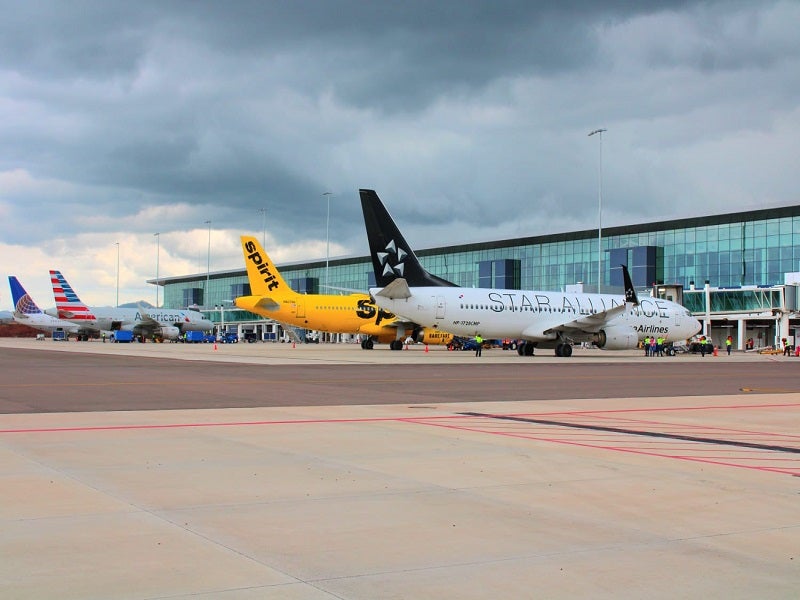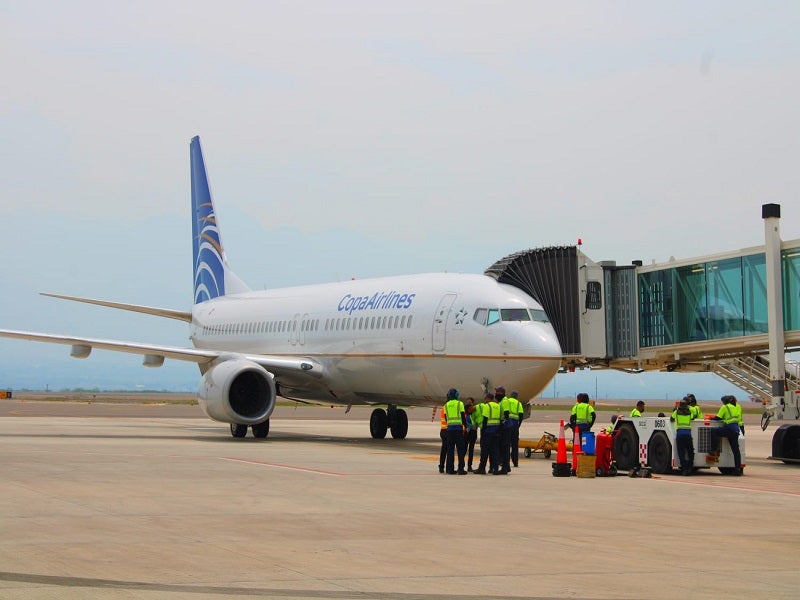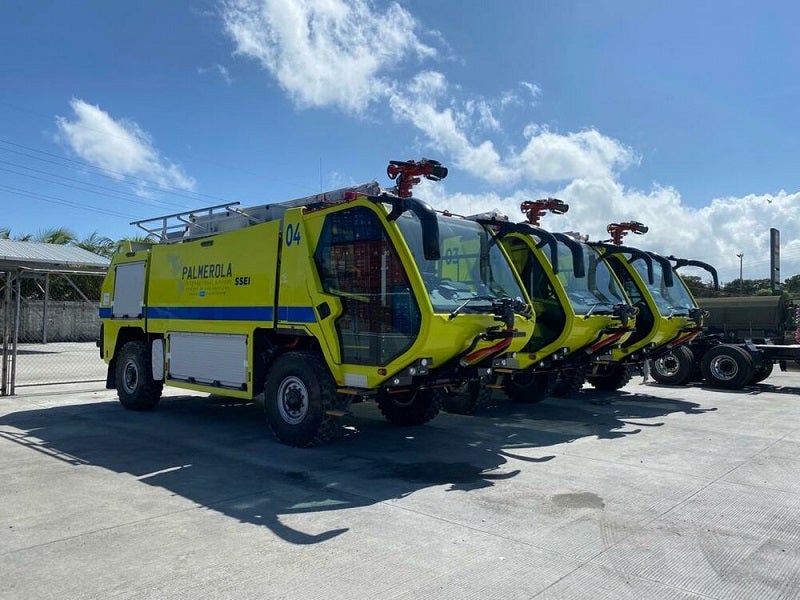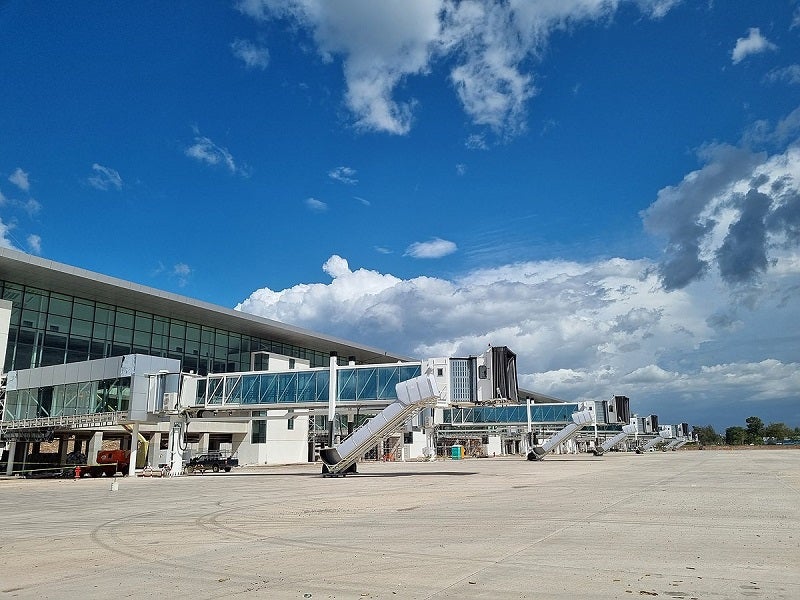The Palmerola International Airport (PIA) in Comayagua, Honduras, was built to replace Toncontin International Airport, located in the capital city of Tegucigalpa.
The Toncontin International Airport is among the world’s most dangerous airports due to its short runway and proximity to mountainous terrain.
The Palmerola airport project was undertaken by the Government of Honduras to increase the country’s productive infrastructure and transform it into a logistic and transport centre for the Central American region.
Grupo Emco developed the airport under the public-private partnership model, with an estimated investment of $200m. The new airport was opened in December 2021.
The international operations at the Toncontin airport have been shifted to the Palmerola airport.
The project generated more than 2,000 direct jobs and 8,000 indirect jobs. Night operations at the airport were launched in July 2022.
The airport is used by foreign airlines such as American Airlines Group’s subsidiary American Airlines, United Airlines, Avianca Group International’s Avianca, Copa Airlines, Spirit Airlines, and Aeromexico, owned by Grupo Aeroméxico.
The air traffic in the central zone of the country increased by 46% after the airport began operations.
Location of Honduras’ new airport
The Palmerola airport is located on a site that was previously occupied by the Palmerola Air Base in the Valley of Comayagua, 70km from the capital city. The site is located on the axis road between Tegucigalpa and San Pedro Sula.
Project background
Honduras has four international airports with an annual traffic of 1.8 million passengers. One-third of the country’s air operations were concentrated in the Toncontin airport. The government decided to establish a first-class, safe, modern, and efficient international airport at Comayagua, due to the shortcomings at the Toncontin airport.
Facilities at the new airport
The Palmerola airport has an initial passenger handling capacity of 1.5 million a year. It is designed to offer an operational life of 50 years and comply with International Civil Aviation Organization (ICAO) standards.
The airport features a two-storey, 40,000m² passenger terminal, with modern infrastructure including 40 check-in desks, 34 immigration and emigration counters, 18 self-check-in machines, VIP lounges, and three luggage carousels. The terminal generates clean energy through solar panels.
The terminal was installed with modern X-ray and baggage scanning equipment, as well as more than 450 cameras, and an automated baggage handling system.
The airport also offers a 3,000m² air cargo terminal, a new control tower, hangars, auxiliary buildings, seven sleeves, and a taxiway to connect the platform with the airfield, as well as aircraft parking spaces for general, regional, and commercial aviation. Existing air base systems were adapted to comply with ICAO norms.
Other facilities include a fire station, multi-purpose buildings, and a modernised parking area. Street access was created with a road joining the CA-5 road with Yarumela, along with new fencing and a perimeter road.
Palmerola airport runways
The new airport has a 2,440m-long runway to handle commercial aircraft, and narrow-body unrestricted, and wide-body aircraft with low restrictions on long-haul destinations. Unlike the Toncontin airport’s runway, the new runway is expandable in the future.
The runway is also equipped with an instrument landing system (ILS), which improves safety and regularity in low visibility conditions.
Financing for the new airport in Honduras
The secured investment for the project is approximately $200m, of which $53m was funded by the Government of Spain through a debt restructuring programme with Honduras. $87m was provided by private investors, and $23m was from the Honduras Government.
The Central American Bank for Economic Integration (CABEI), the administrator of the Honduras-Spain Fund, purchased new vehicles equipment with an investment of $6.8m provided as part of the Honduras Debt Conversion Program with Spain, to increase safety at the airport, in August 2021.
The investment was used to purchase three firefighting vehicles, a rapid intervention vehicle, a command vehicle, and an ambulance.
Five single boarding bridges and a double multiple aircraft ramp system (MARS) type two-bay bridges were also created as part of the investment.
Contractors involved
Munich Airport International (MAI) provided assistance for the seamless transition from the Toncontín airport to the Palmerola airport.
HTAL Architects and Designers provided the design for the terminal building at the Palmerola airport.
Andreu, a steel door company based in Spain, supplied more than 400 doors to the airport.
Innovatrics, an independent provider of biometric solutions, was selected to provide its SmartFace facial recognition technology for the airport.
The JW Group, a global management, planning, and technology consulting firm, provided technical support services for the preparation of procurement design documents for the privatisation of the airport. The services included airport planning, cost estimates, the development of terminal layout alternatives, and research and analysis.
LDA Audio Tech, an audio solutions manufacturer based in Spain, was contracted to provide public address and voice evacuation systems for the airport.







